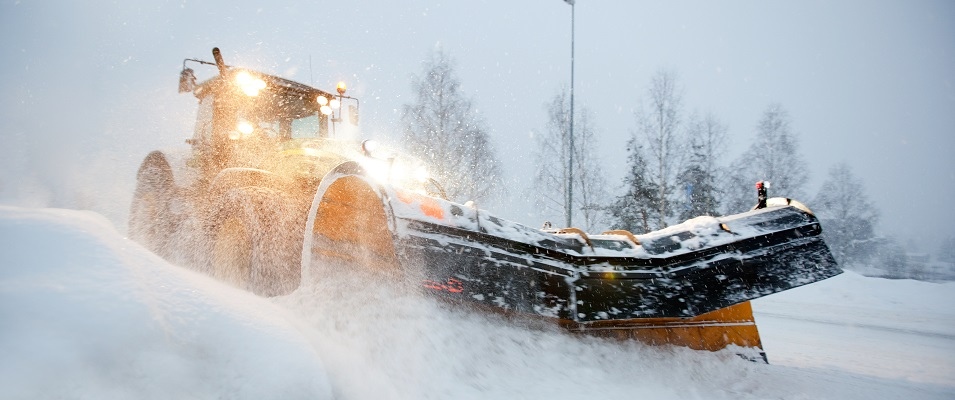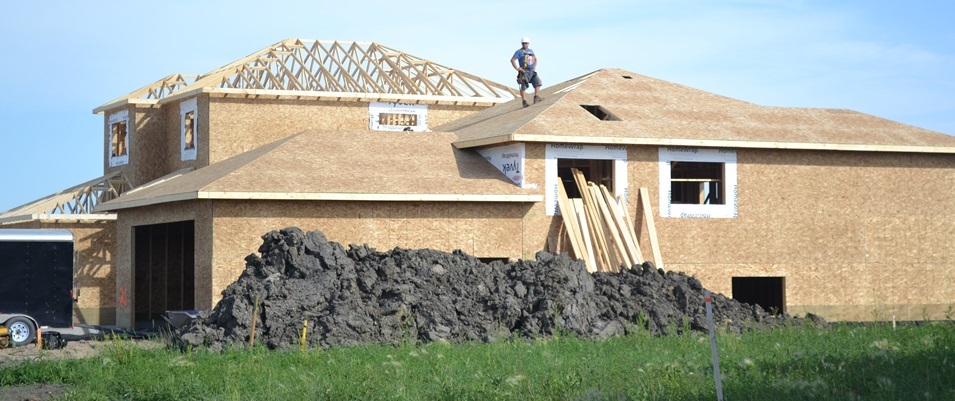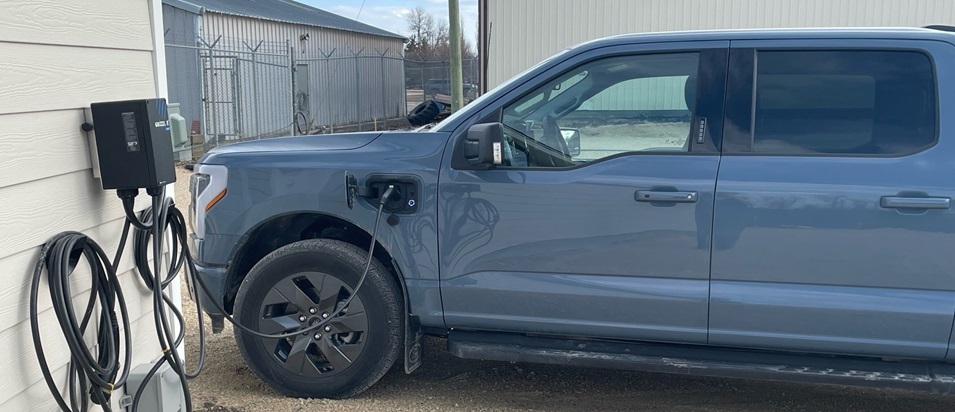
Every winter, as sure as the snow arrives, we can also expect the certainty of complaints about windrows. Without question, it can be infuriating to dig your way out of the driveway only to find a barricade of heavily packed white stuff blocking your access when you return home.
Neither is it unfair, really, to assume that if your tax money covers the cost of street clearing, it should likewise take care of the cost of cleaning up the windrows left behind by town equipment.
In 2019, The Citizen published an article to address all these concerns. It’s entitled “The Windrow Controversy: Who Should Take Responsibility?”
At the time, Mayor Myron Dyck provided feedback as to why the town rarely assumes responsibility for clearing away windrows. First and foremost, there’s the added cost of equipment and employees that would be required to provide this additional service in a timely manner.
Council could simply raise taxes and make it happen, Dyck said, but then everyone pays, including those who are quite willing to do it themselves. Conversely, those who are willing to pay for this service could hire a local contractor, boosting the local economy as they do.
“If people were to hire businesses that provide snow-clearing services, the cost to the resident could very well be the same [as paying more in taxes],” Dyck told The Citizen in 2019. “However, money in a business owner’s pocket [funnels] back into the community. Employees are hired, equipment is purchased, the money buys groceries, building supplies, and restaurant visits right here in our own community. Thus, the economic spinoff is greater by hiring a business owner than simply paying more taxes.”
Today, Mayor Dyck has more to say to the argument that paying taxes should automatically qualify a homeowner for windrow removal services.
In order to fully appreciate the tax-dollar-to-town-service ratio, homeowners need to recognize that a huge proportion of property tax income is collected from local businesses who pay tax at a much higher rate than homeowners do.
Mayor Dyck says that statistically, across most communities, a resident’s taxes pay for only about 50 percent of the services they benefit from.
“Really, you should only be getting half of what you are actually getting because that’s all your tax dollars are paying for,” Dyck says. “The rest is offset by your business community, which is why we try and drive our business [growth]. That’s why we need to support local business, because that’s the hand-in-hand arrangement that makes a community work.”
Liability is a whole other concern for council when it comes to taking responsibility for windrow cleanup. If damage to a driveway is caused by heavy equipment, who pays for those repairs? If it’s the town, this means that everyone’s taxes go up again.
Dyck says, for now, that the town’s focus will be on getting traffic moving as quickly as possible, because council recognizes that Niverville is a commuter community. With the single grader and two front-end loaders currently owned by the town, the first round of cleanup to make streets passable can still be completed within a matter of a day or two.
Communities vary in terms of the street cleanup services they offer. Many, like Niverville and Ritchot, leave windrow responsibility to the residents. Some, like the City of Steinbach, have an ambiguous windrow policy that states, “If windrow heights warrant, driveway windrows will be cleared.”
The town of Altona operates snowblowers that follow the grader to clean up windrows. The city of Winkler operates a grader with a driveway wing. Any snow ridge left behind by the wing is the responsibility of the resident.
The city of Winnipeg clears away driveway windrows if they reach eight inches in height or higher, but their policy states that this service can be delayed until adequate resources are available.
Since residential streets in Winnipeg take third priority, it can take quite some time for street cleaners to begin cleanup in these areas. From that point, the policy allows for up to five days for cleanup of residential areas and windrow cleanup happens some time after that.
Perhaps one of the most extreme examples of a laidback municipal approach to snow-clearing, though, comes from the city of Regina.
According to their policy, residents are not only responsible for driveway windrow cleanup but also for the sidewalk that borders their property, and it must be cleared within 24 hours of a snow event.
Residents of Regina must also apply sand to the sidewalk if needed, with sand they must pick up from one of the city’s distribution locations.
As for street clearing, the city of Regina’s website states, “Residential streets are only plowed after substantial snowfall (15 cm of snow from a single event) and when weather and time permits.”
For old schoolers, 15 centimeters of snow equates to almost six inches.
And those six inches of snow need to fall all at once for the city to clear a residential street. But if ten inches of snow fell over the course of two snow events that happened within days of each other, residents could be left to fend for themselves.
So in the end, every city, town, and municipality takes their own approach to snow-clearing and windrow removal. All in all, residents have to evaluate which services are important and which are not when they choose where to put down roots.



















